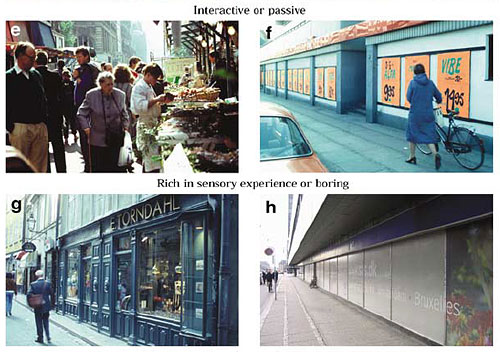As the U.N. observes, 2007 is a turning point in global history. For the first time in the history of humankind, the majority of people are city dwellers.
A New York Times profile of visionary Stewart Brand describes his view of a rapidly urbanizing world:
He now looks at the rapidly growing megacities of the third world not as a crisis but as good news: as villagers move to town, they find new opportunities and leave behind farms that can revert to forests and nature preserves. Instead of worrying about population growth
, he’s afraid birth rates are declining too quickly, leaving future societies with a shortage of young people.
Indeed there is good news and new opportunities; and yes, some of the abandoned hinterlands are regenerating their natural vegetation. However, there is far too much misery and suffering in the global urbanization trend to unreservedly label it as beneficial.
Some of the numbers are fairly well known and covered in publications like the U.N.’s The Challenge of Slums (2003). There are a billion slum dwellers in the world
, trying to cope with increasing rates of unemployment, malnutrition, disease and illiteracy. That’s one third of all city dwellers worldwide.
The problems of sanitation and shelter are familiar, but an entirely different type of scourge is making surprising advances in developing nations: traffic crashes. In fact, over the next thirteen years, traffic crashes will become the third-biggest death/disease factor worldwide.


